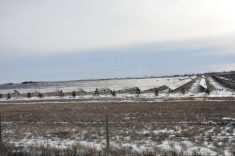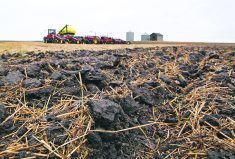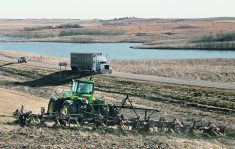I find it helpful to approach discussions about climate change with two questions.
First, do you believe climate change is an issue that warrants government intervention? Second, what policy tool, or tools, will efficiently achieve desired outcomes in the most cost-effective way?
To spice things up, we can add a third question: What specific climate-change-related outcome are we trying to achieve?
If the answer to the first question is no, the conversation is done and there’s no need to continue. If yes, then we need to be specific about the problem we are trying to solve.
Read Also
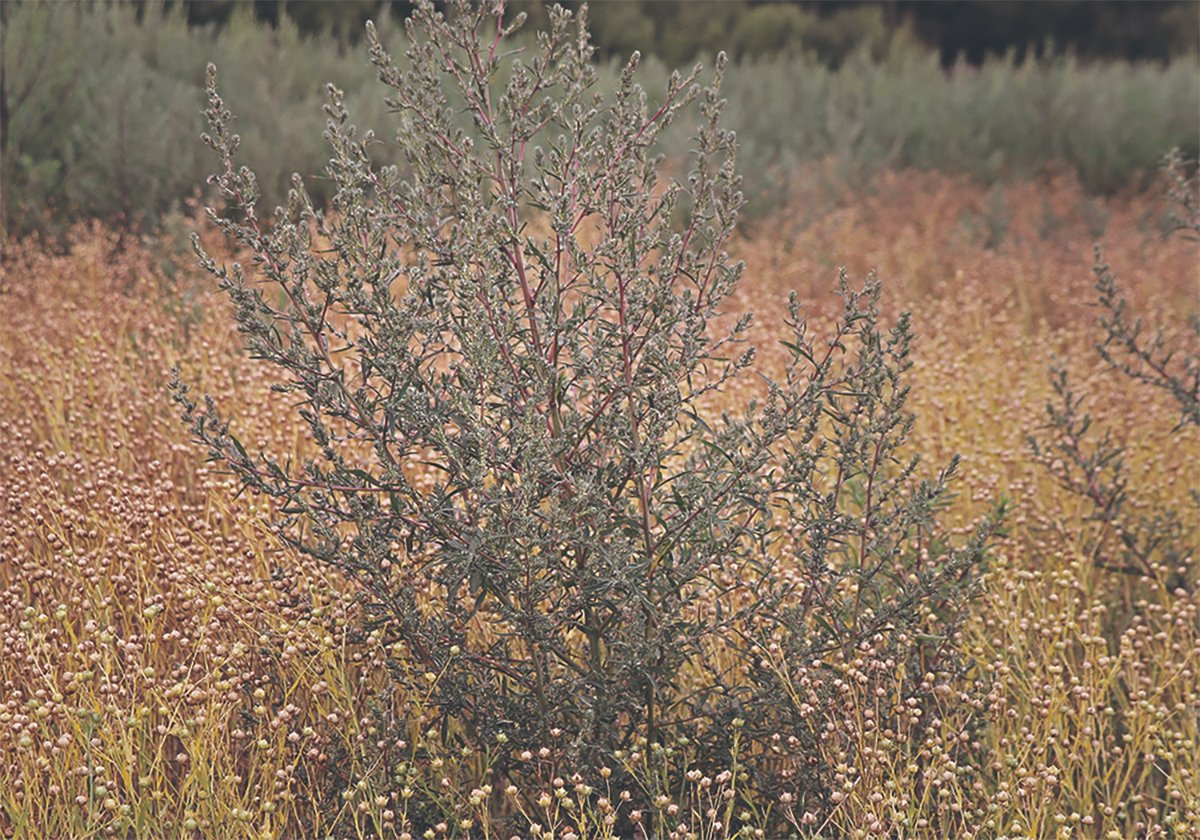
Kochia has become a significant problem for Prairie farmers
As you travel through southern Saskatchewan and Alberta, particularly in areas challenged by dry growing conditions, the magnitude of the kochia problem is easy to see.
However, most scientists would argue there is considerable evidence that agriculture has a significant impact on climate change. Canadian agriculture emits eight percent of Canada’s total greenhouse gas emissions with 6.5 percent of this coming from the crops sector. It’s important to note, however that this number does not factor in sequestration by the crops sector.
The sector report card was released in the Environmental Sustainability in Canadian Agriculture Report, which references emissions data between the years of 1981-2011. The 30 years of data summarizes various indicators such as biodiversity, soil quality indexes, and GHG equivalents in the Canadian crops sector.
While 30 years is merely a blink in time, the data set does show favorable results for Canadian farmers in a few areas. For example, biodiversity between 1981 and 2011 has shown improvements due to reductions in tillage practices. Soil quality indexes such as erosion, organic matter, and salinity have also shown improvements.
In addition to this, the report makes mention of two other trends: farm consolidation and increasing production intensity. The latter is a hint at the basis for the recent announcement for a 30 percent reduction in emissions from nitrogen fertilizer by 2030.
For a long time, carbon was the only greenhouse gas talked about, and for good reason. Reductions in tillage have increased carbon stock in the soil resulting in the Prairie provinces being a carbon sink for CO2.
There are many reasons why our soils are a carbon sink. Production practices over the past 100 years have resulted in millions of tons of carbon being released, so the sink is making up for years of emissions following the conversion of native grasslands to cropping.
The issue, however, is that the impact of nitrous oxide and methane, the two most prominent greenhouse gases in Canadian agriculture, are often ignored.
And because most emissions in Canadian agriculture are in the form of nitrous oxide, a gas that is 300 times more potent than CO2 and has greater warming potential, it was likely an easy decision by government officials to target fertilizer. Especially because Canadian agriculture is no longer a carbon sink when nitrous oxide is included in the equation.
The announcement came as part of an effort to meet international obligations on greenhouse gas reductions. As a side note, there’s also talk of a methane reduction pledge announcement following the recent United Nations Climate Change conference.
So given that sector nitrous oxide emission reduction is the target, there are two obvious options for achieving this. The first option is to reduce the emission factor, which is a formula that considers evaporation and precipitation in specific areas of the province. This option is complex and would require farm level data to satisfy policymakers’ needs.
The second option is to reduce fertilizer use. The government has taken the easier option, for now.
With widespread implementation of best management practices such as the 4R nutrient stewardship program, there may be an opportunity for farmers to put pen to paper for policymakers.
Because nitrous oxide is primary released during spring thaw and seeding, there is opportunity for improvement sector wide. Unfortunately, it might involve parking the floater for the winter. Reducing emission intensity per unit of production is key to the possibility of having an impact on the federal government’s emission factor.
But it’s not all bad news for farmers; in fact opportunity may lie ahead. Comparative to other industries, we’ve avoided a lot of regulatory pressure that other industries have had to deal with. Carbon pricing is one example of this. And while nobody likes more paperwork, the risk is always that if we don’t initiate the conversation ourselves, someone might do it for us.
Katelyn Duncan PAg is a Regina area agrologist and farm management consultant at Backswath Management. She can be reached at koduncan90@gmail.com.



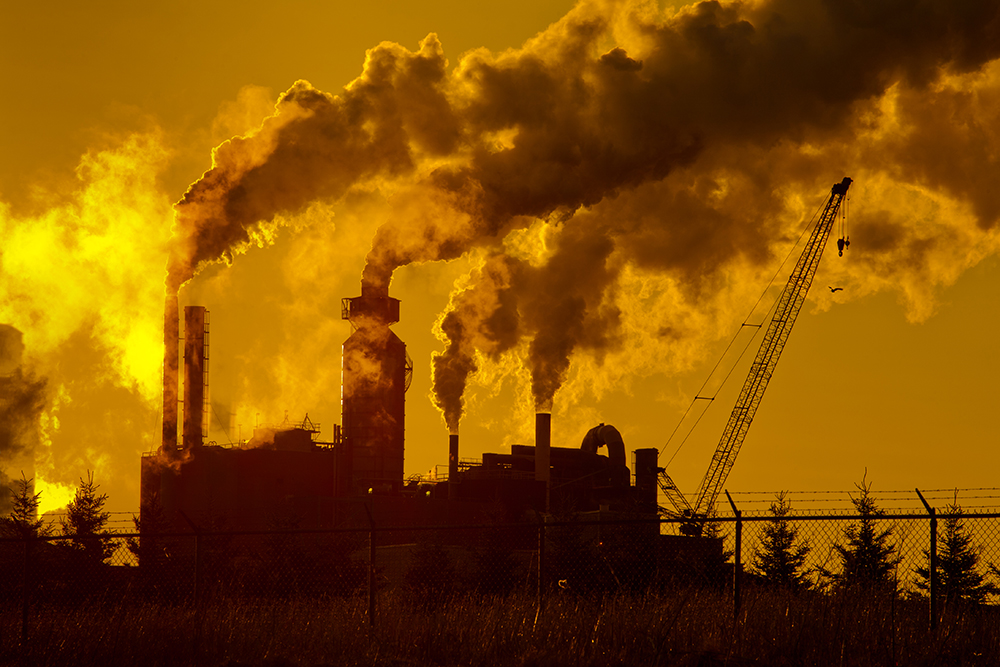

![Protesters crowd a street carrying signs that read, "Global warming real. In other news, water is wet," and "Stop denying the [blue painted pic of the Earth] is dying."](https://static.producer.com/wp-content/uploads/2025/07/29145152/158171_web1_2019-10-18T222818Z_1221762151_RC14C26A65A0_RTRMADP_3_CLIMATE-CHANGE-THUNBERG-1200-220x165.jpg)
